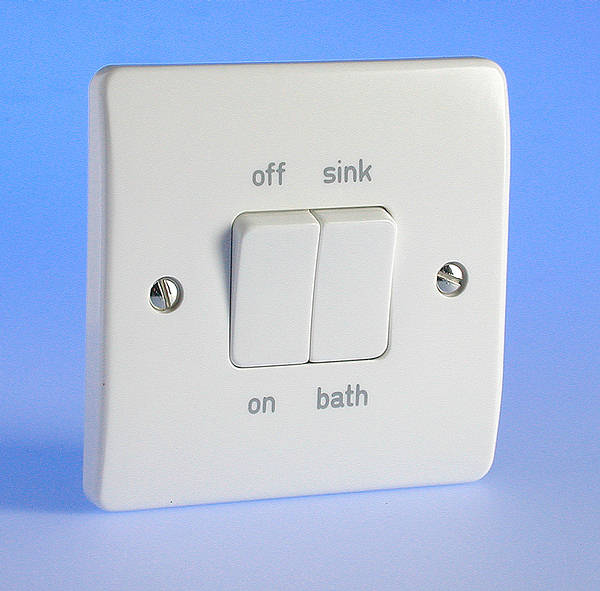I have installed a sink/bath immersion heater. The combined rating of the two elements is 5.5KW; drawing, perhaps, 22 amps. The standard, and readily available, sink/bath switch is rated at 20A. Does anyone know of a source of sink/bath switches with an higher rating?
I realise that I may have to simply replicate the sink/bath switch operation with two separate switches. If this is the case then, for neatness sake, I would like to use a 2 gang 32A rated switch. Does anyone have a source for one of these please?
While I am on this topic I have been asked to place a mechanical timer in the circuit to separately control the smaller element (2.7KW). Is there any reason why a typical 16A mechanical timer should not be used? I have an older model Grasslin MIL 72a which is think is rated 16A. (something I need to check!)
Look forward to hearing from someone; many thanks, Chas
I realise that I may have to simply replicate the sink/bath switch operation with two separate switches. If this is the case then, for neatness sake, I would like to use a 2 gang 32A rated switch. Does anyone have a source for one of these please?
While I am on this topic I have been asked to place a mechanical timer in the circuit to separately control the smaller element (2.7KW). Is there any reason why a typical 16A mechanical timer should not be used? I have an older model Grasslin MIL 72a which is think is rated 16A. (something I need to check!)
Look forward to hearing from someone; many thanks, Chas



